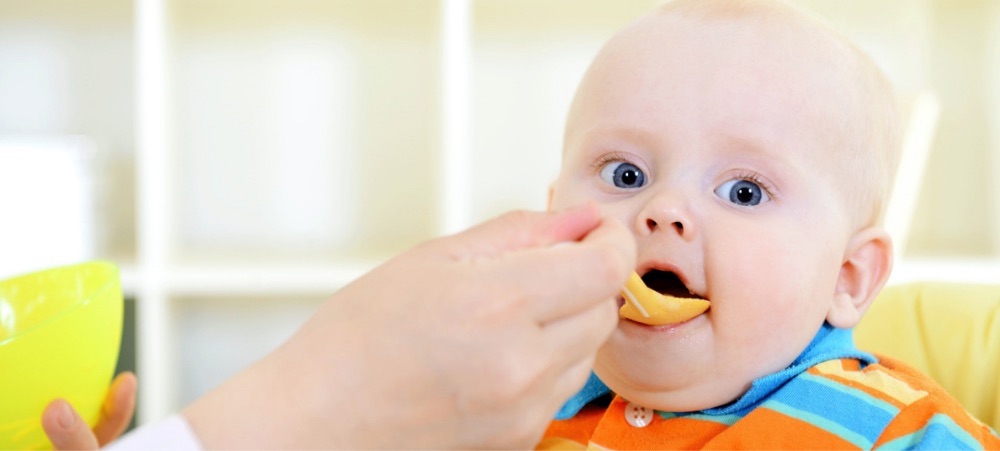
WORKATION: 5 tips for working while on holiday
Can you imagine working whilst on holiday? The idea seems absolutely ludicrous but this year, working on holiday may be unavoidable. COVID-19 has hit both employees and employers hard and so the likelihood of most of us having to work over the festive season is a reality we are going to have to face. Shaun Lamont, Managing Director of First Group Hotels and Resorts, says COVID-19 has given us the gift of being able to work remotely, thus making room for much-needed flexibility, especially over December. “You do not have to be confined to the four walls of your dining room whilst your kids run riot this festive season! Instead, you can book a holiday and choose to work from some of South Africa’s most beautiful spots and be surrounded by nature or have a sea view — the choice is completely yours. After all, if you’re going to work this holiday, why not make it the best of it,” Lamont adds. Lamont also offers these 5 tips for working from your hotel or resort: 1. Ensure there is reliable WiFi: Although free access to the internet has become a standard feature at most travel destinations, there may be limitations on daily usage. If you’re planning to work whilst on holiday, it’s best to check with the resort or hotel whether the WiFi is uncapped and if not, ensure that you are aware of the extra costs. Alternatively, consider purchasing data for your mobile phone or modem so that you can effectively work while on holiday. 2. Check on activities and child care: One of the benefits of spending time away from home, is to reconnect with your family but now, you will have to ensure you make time for work and play. Younger children may need childcare so that you can work, take part in activities without them or spend time with your partner. Before you book your holiday, make sure that your chosen resort has provision to look after the little ones. Also, make sure to check the schedule so that you can plan all your activities accordingly. For the older children, ensure that your destination has ample activities like horse riding, walking trails or paintball to keep them busy. 3. Choose places with great views: Working over the festive season is not ideal, but a view might make it worth your while and keep you inspired. The last thing you want when on holiday is to be stuck in a hotel overlooking the next building. Do some research before making a final decision on where to go so that you can secure the right room or chalet. 4. Schedule non-negotiable family time: Work has a way of taking over our lives, but we need a different kind of discipline to ensure that we still spend time resting and of course, bonding with our families. As hard as it may be to stay away from the emails and deadlines, you can set a daily alarm to remind you to stop working for an hour or two and ensure to spend allocated time with your loved ones. They will appreciate it, and you will return to your workstation more refreshed after enjoying a break. 5. Enjoy at least one activity by yourself: You don’t want to feel like you need a holiday from your holiday. One trick you can try is to book some activities alone or with your partner, like a round of golf or a spa treatment. You will have the chance to recoup, even if it’s for a short while. “Don’t let the idea of working through the holiday season get you down. With some preparation, you can still enjoy some much-needed downtime and end off the work year on a good note,” Lamont concludes.


































